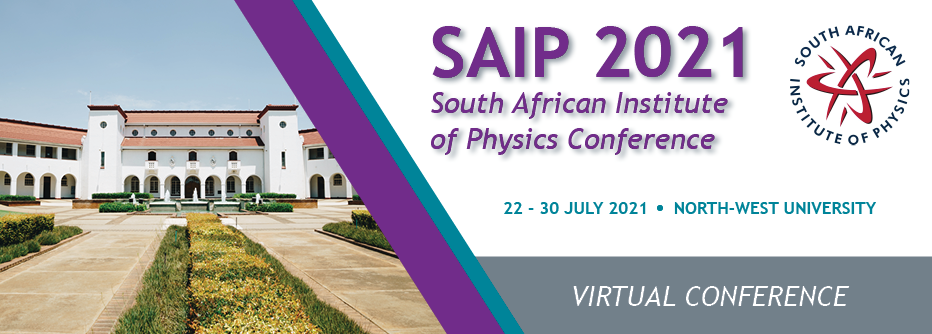Speaker
Description
The design of initiatives for reducing the gender gap should be based on evidence. The resolution on which the International Union of Pure and Applied Physics (IUPAP) Working Group on Women in Physics was founded was to “to survey the situation of women physicists in IUPAP member countries, to analyze and report the data collected along with suggestions on how to improve the situation…”. A major step in this direction was the Global Survey of Physicists of 2010 [Ivie and Tesfaye, Physics Today 65 47-50, 2012]. However, changes occur in the global academic, scientific and social environment, and in 2016 a successful application was made to the International Science Council for the project “A Global Approach to the Gender Gap in Mathematical, Computing, and Natural Sciences: How to Measure It, How to Reduce It?”. The project was proposed by IUPAP, and involved seven additional international unions: mathematics, chemistry, astronomy, industrial and applied mathematics, biosciences, history and philosophy of science, and computing machinery, together with three international organisations: UNESCO, GenderInSITE, and the Organisation of Women in Science for the Developing World. The project undertook three tasks: a global survey to which there were 32 346 respondents, a data-backed study of publication patterns, and the collection of initiatives known to have successfully addressed the gender gap in science. When a statistically significant difference is seen between the responses of men and women in a multivariate model that includes discipline, geographic region, country development level, and employment sector, then it is likely that the difference in the men’s and women’s responses is due to gender and not to any other factors. The most significant difference was seen in reporting on sexual harassment, with 29% of women and 2% of men in physics indicating that they personally encountered sexual harassment at school or work. In this short paper the focus will be on fair treatment at work. In physics there is a statistically significant gap in response to the statement “My employer treats everyone fairly”, with which 62% of women and 73% agree. Recommendations will be offered.
Level for award;(Hons, MSc, PhD, N/A)?
N/A
Apply to be considered for a student ; award (Yes / No)?
No

